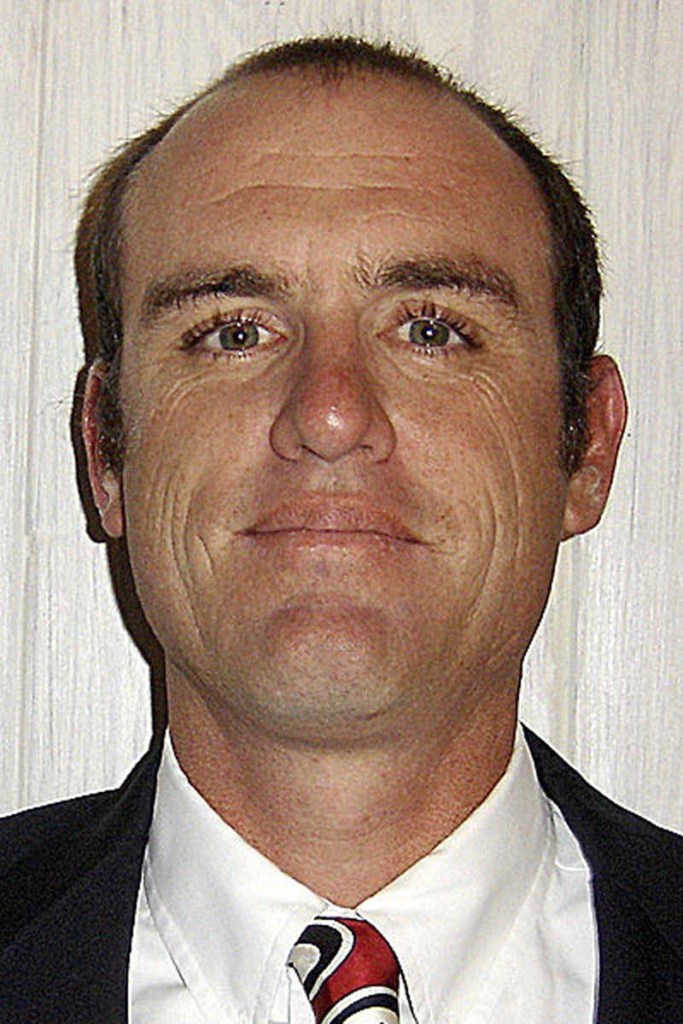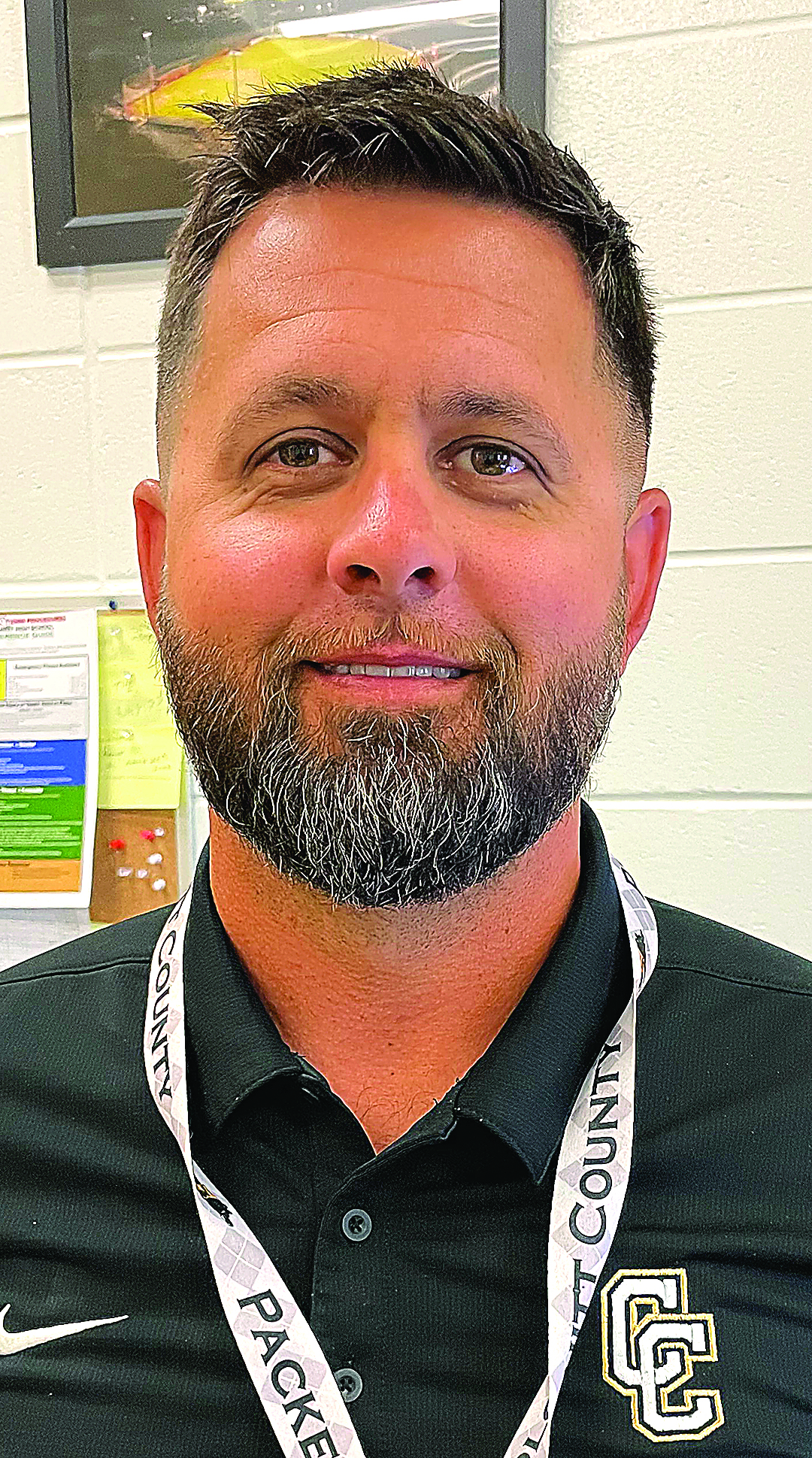Control lawn burweed
Published 9:23 pm Saturday, May 17, 2014

- Jeremy Kichler is a County Extension Coordinator in Colquitt County representing the University of Georgia Cooperative Extension. His email is jkichler@uga.edu. His phone number is 616-7455.
I got a couple of calls last week about lawn burweed.
Trending
Lawn burweed (Soliva sessilis) is a winter annual that germinates throughout thin turf in the fall months as temperatures cool. It remains small and inconspicuous during the cold winter months.
However, as temperatures warm in the early spring, lawn burweed initiates a period of rapid growth and begins to form spine-tipped burs in the leaf axils. The seed is contained within the hooked bur. Lawn burweed is a low-growing, freely branched winter annual. It has opposite, sparsely hairy leaves that are twice divided into narrow segments or lobes. Leaves are approximately ½ to 1½ inches long and ¼ to ½ inch wide. It has small (¼ inch or less in width), inconspicuous flowers in the spring. It attains an overall diameter of 6 inches and a height of 3-4 inches. The most prominent identifying characteristic of lawn burweed is its spine-tipped burs which are often hard to see but easily felt.
The key factor to effectively controlling lawn burweed is to apply a postemergence herbicide during the winter months of December, January and February. The weed is smaller and easier to control during this time of year and has not yet developed the spine-tipped burs. Control is not impossible in March, April, and May, but the spines have already formed by this time and will remain after the weed dies. Because lawn burweed is a winter annual, it will begin to die in late spring as air temperatures reach 90 °F. Once the weed has reached a more mature state, multiple herbicide applications may be necessary which increases the potential for turfgrass injury. Dead or alive, lawn burweed poses a painful problem. The only solution to this is early identification and control.
A three-way herbicide may be used on bermudagrass, zoysiagrass, centipedegrass, St. Augustinegrass and tall fescue. The active ingredients of a three-way herbicide often include the following broadleaf weed killers: 2,4-D, dicamba, and mecoprop (MCPP). Examples of a three-way herbicide are Ferti-lome Weed-Out Lawn Weed Killer with Trimec®, Bayer Advanced Southern Weed Killer for Lawns, Spectracide Weed Stop Weed Killer for Lawns, Southern Ag Lawn Weed Killer with Trimec®, and Lilly Miller Lawn Weed Killer Concentrate.
Herbicides containing 2,4-D should be applied at a reduced rate on St. Augustinegrass and centipedegrass to prevent damage to these lawns. If a second application is needed, apply the herbicide in spot treatments. Repeated applications of a three-way herbicide should be spaced according to label directions.
In addition to three-way herbicides, there are several other herbicides that can be used for lawn burweed control in home lawns. Atrazine may be used for control in centipedegrass and St. Augustinegrass. Atrazine applied in November will have postemergence activity against newly sprouted lawn burweed seedlings and also will have preemergence activity against those that have not yet germinated during the fall. Examples of products containing atrazine for home lawns are Southern Ag Atrazine Weed Killer, Hi-Yield Atrazine Weed Killer, Image for St. Augustinegrass & Centipedegrass with Atrazine and Spectracide Weed Stop for Lawns Concentrate for St. Augustine & Centipede Lawns.
Trending
Metsulfuron (such as in Manor and Blade) can be used for lawn burweed control in bermudagrass, centipedegrass, St. Augustinegrass, and zoysiagrass. Metsulfuron is packaged for landscape professionals. Due to the cost and application rate of this selective herbicide, it may be more practical to hire a landscape professional to apply the treatment. A non-ionic surfactant is required at 2 teaspoons per gallon of spray mix for best control. Do not apply metsulfuron to lawn if over-seeded with annual ryegrass or over-seed for 8 weeks after application. Do not plant woody ornamentals in treated areas for one year after application of metsulfuron. Do not apply metsulfuron herbicides within two times the width of the drip line of desirable hardwood trees.





